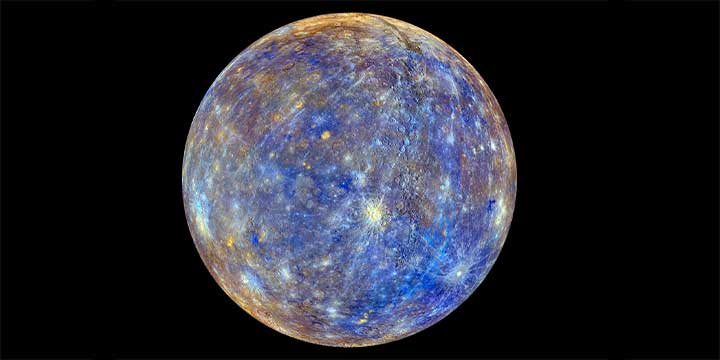In recent months, as the Zhurong successfully landed on Mars, it has also ignited everyone’s interest and attention in alien exploration, and even imagined exploring every planet in the solar system. NowNational Aeronautics and Space Administration(NASA) It may be one step ahead.
According to a biweekly report in Forbes, NASA has planned the Mercury Lander mission, which is expected to be launched in 2035 and arrive at its destination in 10 years. Investigate.
According to the report, the “Mercury Probe” project is currently in the conceptual research stage. It is a “New Frontier” mission with a total investment of 1.2 billion US dollars. The mission will be announced in 2022. Part of the Ten Year Survey.
According to NASA’s current deployment, the “Mercury Probe” will be launched on a “Falcon” heavy rocket in March 2035 and will reach its destination in 10 years. It will be powered by solar power and will operate on Mercury for a year-88 The Earth Day.
During the mission, the 11 scientific instruments onboard the “Mercury Lander” will transmit back to the Earth the mineral distribution and chemical reactions on Mercury’s surface, data on Mercury’s internal structure and magnetic field, produce Mercury’s outer atmosphere and change its surface soil environment. Information about the process, landing location, and images of the surrounding environment.
According to data, Mercury is the smallest planet among the eight planets in the solar system and closest to the sun. Its orbital period is 87.9691 days, and it rendezvous with the earth once in about 116 days. Its revolution speed is much faster than other planets in the solar system.
Mercury is the planet with the largest temperature difference between day and night on its surface. The atmosphere is extremely thin and cannot effectively store heat. The temperature in the equatorial region can reach 432°C during the day and drop to -172°C at night.
source
Further reading:
